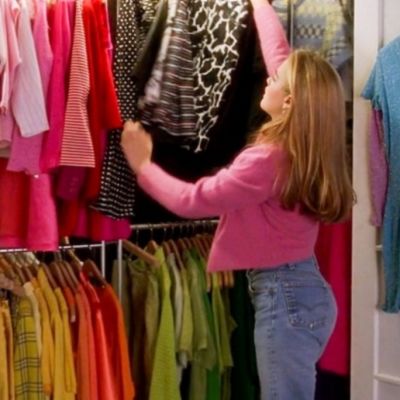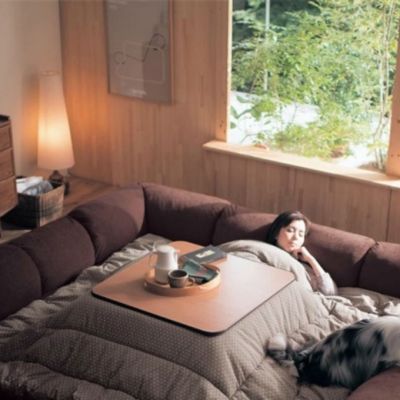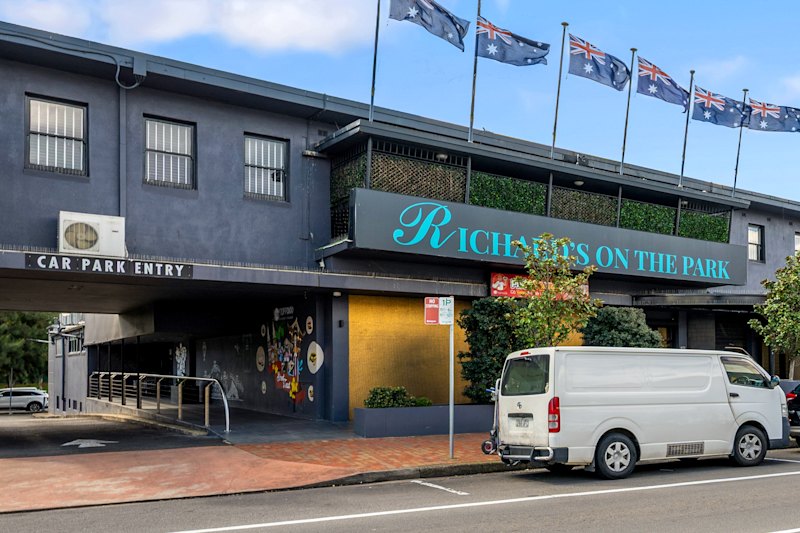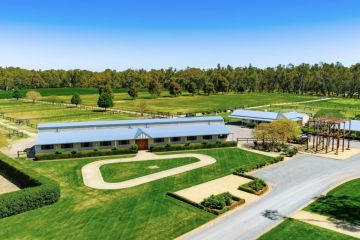Israeli student creates food bags that can be cooked in the laundry
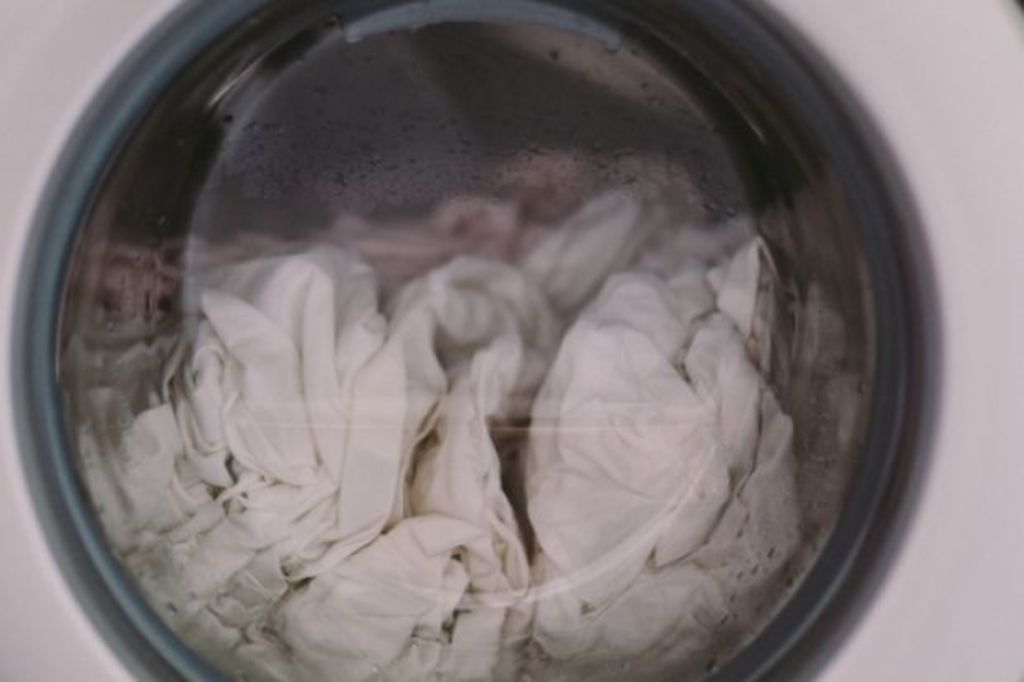
Imagine cooking dinner and putting through a load of washing at the same time – in the same machine. Iftach Gazit, a student at Tel Aviv’s Bezalel Academy of Arts and Design, has designed a prototype that does just that. “It brings forth opposing ideas such as fast food versus slow food, rich versus poor and capitalism versus socialism,” he says on his website.
Sous La Vie Bags, watertight pouches containing fully packaged meals and sides that cook when put through the washing machine, are based on the famous sous-vide method of cooking devised in the 1970s by founder Dr Bruno Goussault. Today, the approach is used by savvy domestic cooks as well as Michelin star chefs including Thomas Keller and Heston Blumenthal.
“It is a very quick, clean and simple cooking method,” says Dale Prentice of Sous Vide Australia. “The process of vacuum sealing prepared food items and submerging them in water held at very accurate temperatures, allows food to cook gently and unadulterated by the cooking medium or heat source, and helps food retain moisture, nutrients, vitamins, and natural flavours.”
Preparing food to be cooked sous-vide is simple, with the key to success in the planning. “Always buy fresh high-quality ingredients from reputable suppliers and work cleanly and neatly, using new boards for different food groups,” Prentice says. “Make sure foods are cold and vacuum sealed removing all air, then cook using a Sous Vide water bath, and cool using the three-stage cooling method to store or finish and serve.”
Gazit’s take on the model was inspired by the classic TV dinner’s rise in popularity during the Second World War when many women went to work and spent less time preparing family meals.
“This gap had to be filled with inventions such as the TV dinner and the washing machine, which became more accessible during that time,” Gazit says. “The design of TV dinners attempted to give the aroma and feeling of home-cooked meals. Since their invention, TV dinners have evolved in taste and in their cooking methods, but they remain a cheap substitution for the real thing.”
Gazit says there has been a rise in the homeless seeking 24/7 laundromats as a safe place to take shelter. “So why shouldn’t you be able to cook some food while there?” he says.
Gazit’s sous-vide inspired prototype takes the cooking method one step further. His repertoire of meals, including salmon in teriyaki sauce, steak, and vegetables in olive oil and garlic salt, are individually sealed in waterproof Tyvek paper that are tagged clothing-style, with recommended washing temperatures and nutritional information.
Like traditional sous-vide, Gazit’s bags are immersed in temperature-controlled water, in this case the washing machine, for a period of time that allows the food to cook perfectly. “Instead of following a sous-vide recipe and cooking a piece of meat at 58˚C for 2½ hours, just set your washing machine to ‘synthetics’ for a long duration programme,” he says. “Cooking vegetables? Set your machine to ‘cotton’ for a short duration programme.”

The traditional sous-vide method involves vacuum-sealed bags being cooked in temperature-controlled water. Photo: Sous Vide Australia
So would Gazit’s innovative kitchen-meets-laundry method work in daily life?
“There are some concerning health risks associated with this proposition,” Prentice says. “The sous-vide process is about cooking at very exact temperatures and washing machines were never designed with this in mind. I personally would use my appliances for their intended purposes. Food cooked at incorrect temperatures can make you very sick or worse.”
With health-conscious, time-poor people looking for quick ways to prepare healthy food, could sous-vide become the first cooking choice of the future. “It is the cooking method of now,” Prentice says. “The take-up rate of sous-vide cooking is at full steam with new cookers entering the market every week.”
Just be sure to keep it in the kitchen.
We recommend
States
Capital Cities
Capital Cities - Rentals
Popular Areas
Allhomes
More

